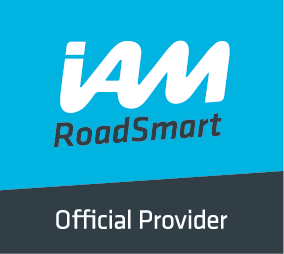Enhancing Driving Skills and Safety through Simulators
St Bartholomew's School, Newbury, RG14 6LA
Enhancing Driving Skills and Safety through Simulators
Slide 1: What are Driving Simulators?
- Definition and explanation of driving simulators
- Types of driving simulators: from basic desktop setups to advanced motion platforms
- Mention the use of simulators in motorsport, research, and driver training
Slide 2: Benefits of Driving Simulators
- Controlled and safe learning environment: no risk of accidents or injury
- Customizable scenarios: ability to practice specific situations, weather conditions, or road types
- Immediate feedback: drivers can analyze and learn from their mistakes in real-time
- Cost-effective: reduced wear and tear on vehicles, lower fuel costs, and no need for a dedicated training area
Slide 3: Improving Driving Skills
- Practice makes perfect: simulators allow drivers to gain experience and confidence
- Fostering defensive driving techniques: learning to anticipate and react to potential hazards
- Developing better vehicle control: understanding how to handle various road conditions and vehicle dynamics
- Enhancing spatial awareness and decision-making: navigating complex traffic situations and making safer choices
Slide 4: Promoting Driver Safety
- Reinforcing the importance of following traffic rules and regulations
- Teaching the consequences of dangerous driving behaviors, such as speeding, tailgating, and distracted driving
- Encouraging safe and responsible driving habits, like maintaining a safe following distance and using signals appropriately
- Demonstrating the benefits of advanced driver assistance systems (ADAS) and how they can complement human driving skills
Slide 5: Simulators in Driver Education and Training
- Examples of driving schools or organizations using simulators in their curriculum
- Case studies or research showing the effectiveness of simulator-based training in improving driving skills and safety
- Discuss the potential for wider adoption of simulators in driver education programs
Slide 6: Future Developments and Innovations
- Emerging technologies, such as virtual reality (VR) and artificial intelligence (AI), that could further enhance simulator experiences
- Possible advancements in vehicle and traffic simulation, providing even more realistic and diverse training scenarios
- Discuss potential collaborations between simulator developers, driving schools, and safety organizations to promote safer driving practices

